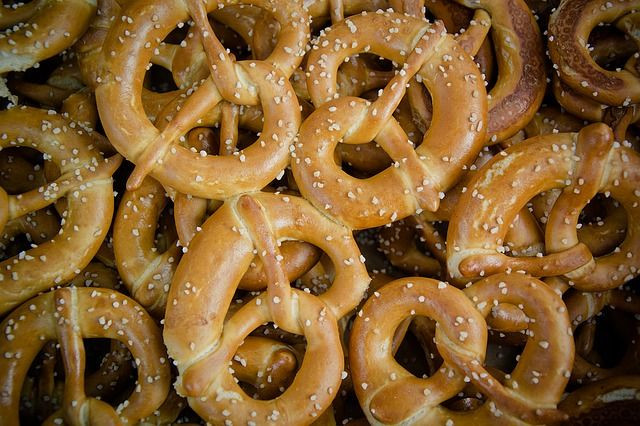How Too Much Salt Is Hurting Kids' Health

The kids aren’t doing so alright when it comes to their daily dose of salt, finds a new study published in the Journal of the Academy of Nutrition and Dietetics.
Researchers from the Centers for Disease Control and Prevention (CDC) pored over data taken from the 2011-2012 version of the National Health and Nutrition Examination Survey (NHANES). They found that children across the board, from ages 6 to 18, were consuming more sodium than needed. The average amount eaten was 3,256 milligrams per day, dwarfing the recommended 1,900 to 2,300 milligrams set for children, depending on their age. Overall, almost 90 percent ate more than the upper limit set for their specific age group, with teenage boys consuming the most, and girls the least. There were, however, no noticeable differences in sodium intake between different ethnicities or weight groups.
"Sodium reduction is considered a key public health strategy to reduce the risk of cardiovascular diseases nationwide and this study is the latest in ongoing CDC efforts to monitor U.S. sodium intake," said lead author Dr. Zerleen S. Quader, MPH, a data analyst with the CDC’s Division for Heart Disease and Stroke Prevention, in a statement.
The majority of the kids’ sodium, 58 percent, came from purchases made at the local grocery store, with only 16 percent coming from fast food or pizza restaurants. That finding reaffirms the relatively small role that fast food chains play in dictating our generally poor diets. Instead, it’s the vast selection of processed and pre-packaged foods that are more to blame — the top 10 foods that contributed the most sodium were all made with added sodium, save for milk. This top 10 list, which also included Mexican-mixed dishes, cold cuts, and poultry, accounted for over 50 percent of children’s sodium sources (the NHANES data doesn’t include table salt added to foods).
Unfortunately, because sodium’s everywhere, it’s all the harder to find ways to cut back on it.
"Sodium is consumed throughout the day from multiple foods and locations, highlighting the importance of sodium reduction across the U.S. food supply," explained Quader.
For parents worried about their kids’ salt habit, Quader suggests being especially vigilant about the foods they buy at the supermarket.
"It's surprising how much sodium content for the same food type can vary by product," she explained. "The best way to reduce sodium intake from these products is to check the Nutrition Facts panel on packages and look for no-salt-added or lower-sodium versions."
Elsewhere, they can make healthier choices by introducing more fruits and veggies into the mix, and asking to be served low-sodium alternatives at restaurants if available.
According to research cited by the authors, one in every nine children ages 8 to 17 already have higher-than-normal blood pressure levels for their age, sex, and height. And without preventive measures, many of these children will go on to have hypertension by the time they’re adults.
Source: Quader Z, Gillespie C, Sliwa S, et al. Sodium Intake among US School-Aged Children: National Health and Nutrition Examination Survey, 2011-2012. Journal of the Academy of Nutrition and Dietetics. 2016.
Published by Medicaldaily.com



























